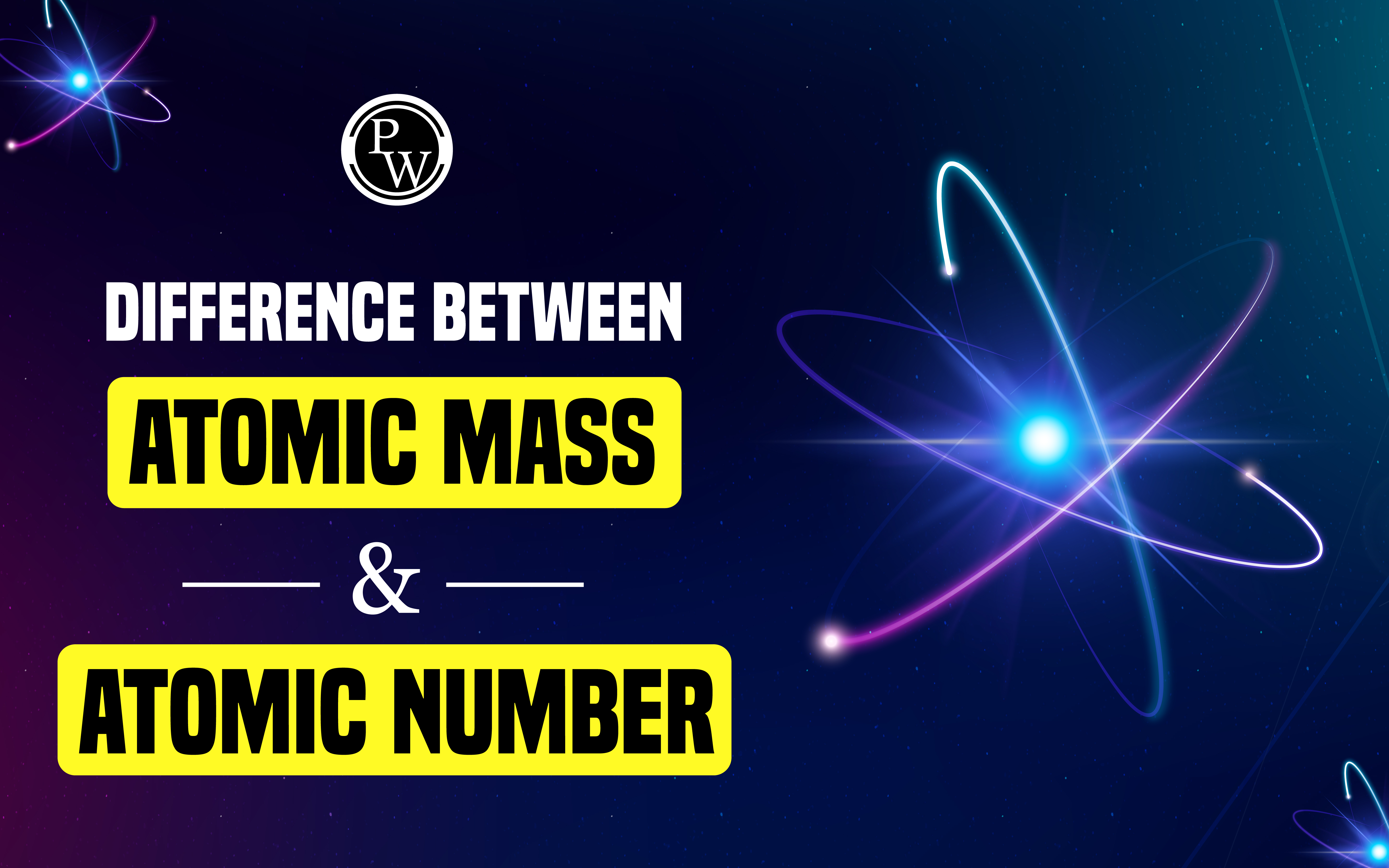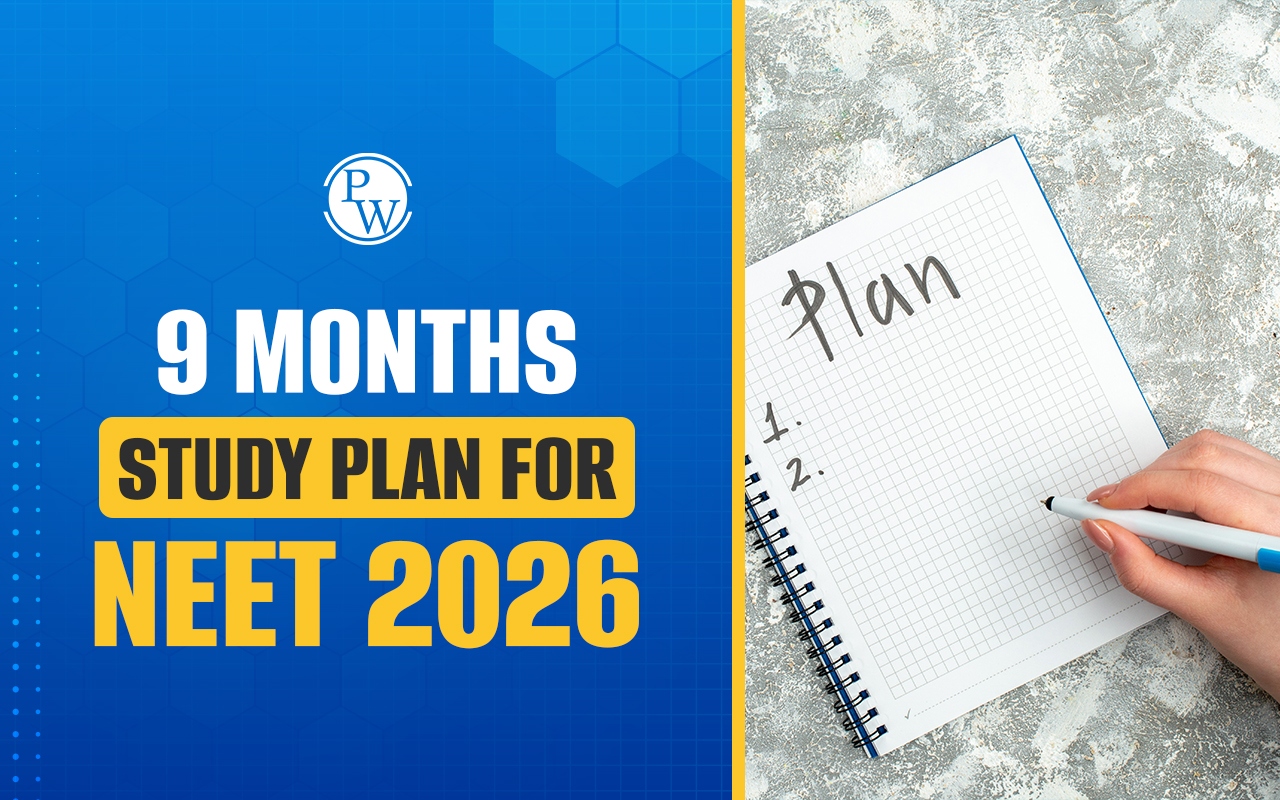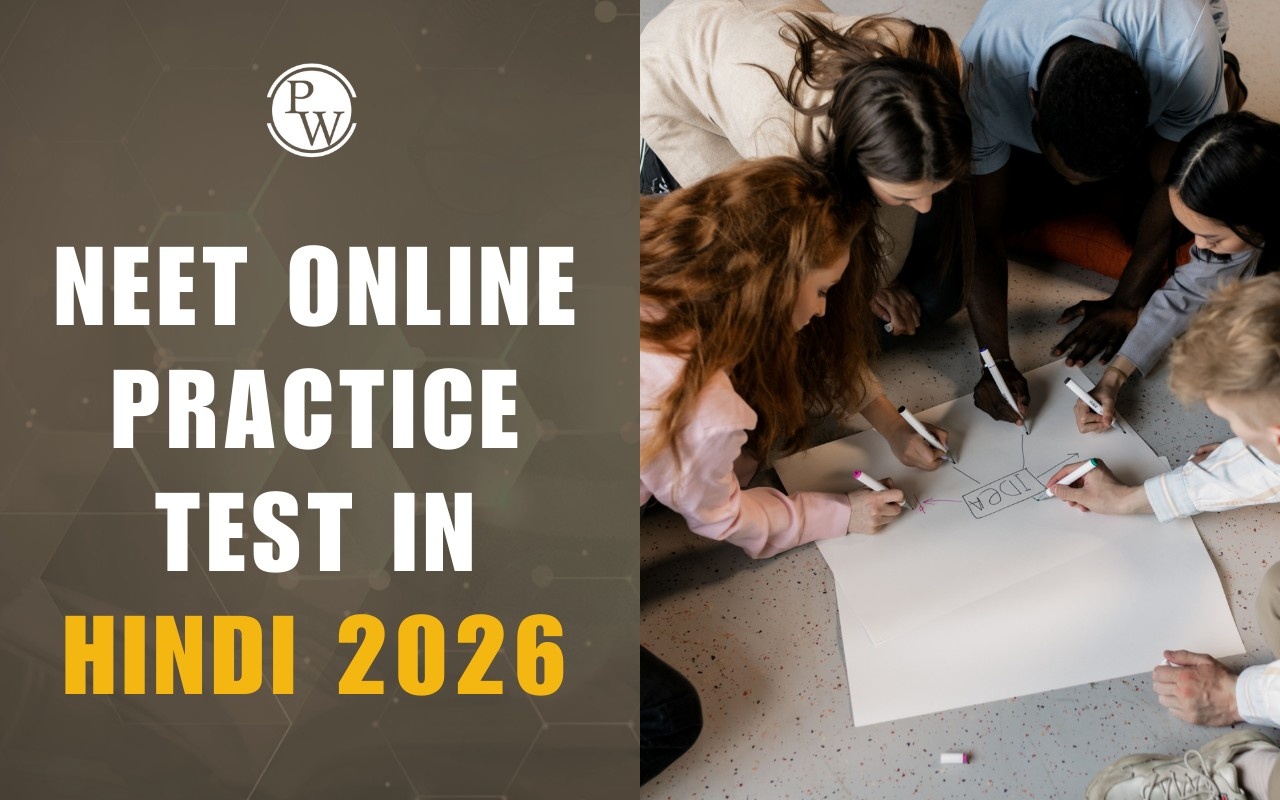

Difference Between Atomic Weight and Atomic Mass: Are you preparing for the NEET syllabus and wondering about the difference between atomic weight and atomic mass? If yes, understanding this difference is crucial as a NEET aspirant.
Atomic mass refers to the mass of an individual atom, typically expressed in atomic mass units (amu). It quantifies the total mass of the protons, neutrons, and electrons in a single atom. On the other hand, atomic weight is a weighted average of the atomic masses of an element's naturally occurring isotopes. It reflects the average mass of the atoms in a chemical element, taking into account the relative abundance of different isotopes. Hence, while atomic mass is a specific measurement, atomic weight is an averaged value, this concept is crucial for grasp many other concepts within the NEET syllabus.
Difference Between Atomic Weight and Atomic Mass
Understanding the difference between atomic weight and atomic mass is important for NEET aspirants. Atomic mass is the mass of a single atom, measured in atomic mass units (amu). It accounts for the combined mass of protons and neutrons in the nucleus, as electrons contribute minimally due to their negligible mass. On the other hand, atomic weight is a broader term. It refers to the average mass of atoms of an element, calculated by considering the abundance of each of its isotopes. Since elements exist in various isotopic forms, atomic weight is often a decimal value, reflecting this natural variation. Essentially, atomic mass is about a single atom, while atomic weight averages the mass across atoms in an element.
Difference Between Atomic Weight and Atomic Mass Overview
As a NEET aspirant knowing the difference between atomic weight and atomic mass is crucial, particularly for students preparing for exams like the NEET. Below is a table that outlines the differences between these two fundamental concepts. Grasping this difference is essential as it lays the foundation for understanding atomic structure and chemical reactions, which are important areas in chemistry and physics. This knowledge not only helps in academic pursuits but also in appreciating the complexities of the molecular world.
| Difference Between Atomic Weight and Atomic Mass | ||
| Parameter | Atomic Weight | Atomic Mass |
| Definition | The average weight of an element's isotopes | The mass of a specific isotope of an element |
| Isotope Influence | Influenced by the abundance of each isotope | Specific to the isotope considered |
| Units | The Unified Atomic Mass Unit, also known as the Dalton | The Unified Atomic Mass Unit, also known as the Dalton |
| Calculation | Weighted average of isotopic masses | Mass of a particular isotope multiplied by its abundance, summed for all isotopes |
| Example | The atomic weight of chlorine is approximately 35.45 u | Chlorine-35 isotope has an atomic mass of exactly 35 u |
| Variation | May have decimal values due to isotopic abundances | Typically whole numbers reflect the isotope's mass |
| Application | Used in chemical calculations and stoichiometry | Utilized in mass spectrometry and nuclear chemistry |
What is Atomic Mass?
Atomic Mass is the mass of a single atom, measured in atomic mass units (amu). For example, the atomic mass of a carbon-12 atom is precisely 12 amu, reflecting the sum of its protons and neutrons. 
What is Atomic Weight?
Atomic Weight, on the other hand, is the average mass of all the isotopes of an element, taking into account their abundance on Earth. For instance, chlorine has two main isotopes, chlorine-35 and chlorine-37, with atomic masses close to 35 amu and 37 amu respectively. Because chlorine is about 75% chlorine-35 and about 25% chlorine-37 in nature, its atomic weight is calculated to be approximately 35.5 amu, which is a weighted average of these isotopes. Unlock your success with PW NEET online coaching , it is a gateway to mastering your NEET preparation. With expert guidance, customized study plans, and an extensive library of resources at your fingertips, we make your dream of acing the NEET exam a reality. Join us and turn your dream into reality.Difference Between Atomic Weight and Atomic Mass FAQs
How do you calculate atomic weight?
What is the difference between mass and weight?
What are 3 differences between atomic mass and atomic number?
What is the difference between atomic mass and atomic weight?
What is the difference between atomic mass and mass number?












